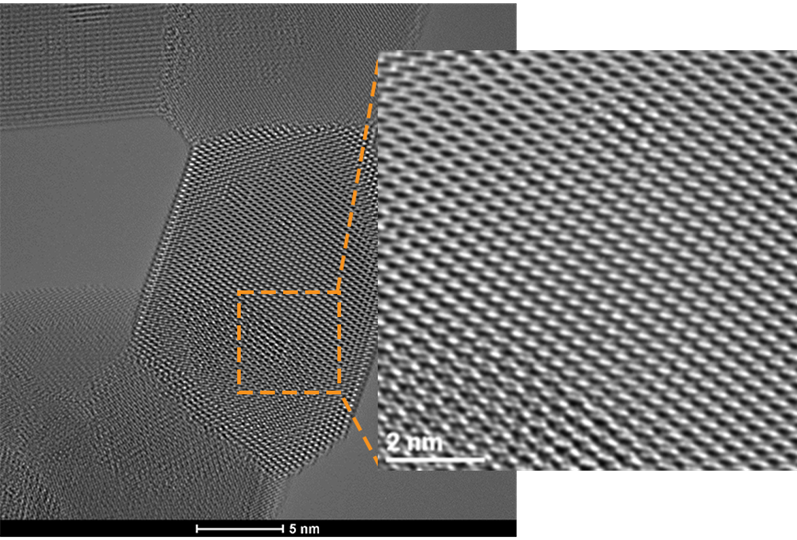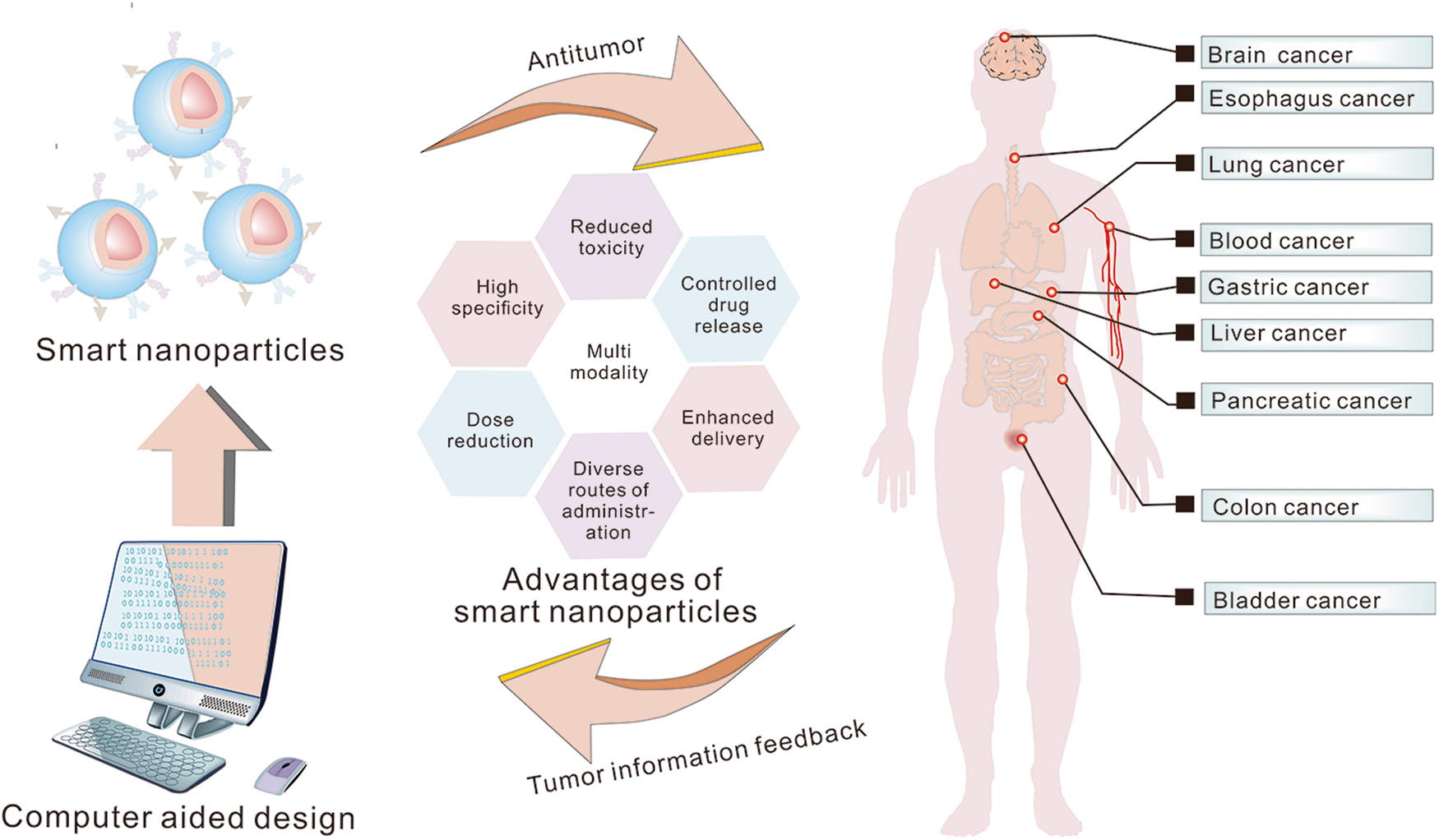- Published on
Unveiling the Wonders of Nanotechnology The Science of the Very Small
- Authors

- Name
- Adil ABBADI
Introduction
Imagine a world where medical treatments target specific cells, electronics are faster and more efficient, and sustainable energy solutions are within reach. Welcome to the realm of nanotechnology, where the boundaries of science fiction are being pushed by manipulating matter at the atomic and molecular level. In this article, we'll embark on a journey to explore the principles, applications, and future prospects of nanotechnology, the science of the very small.

- Understanding Nanotechnology
- Applications of Nanotechnology
- Challenges and Future Directions
- Conclusion
- Dive Deeper: Exploring the Frontiers of Nanotechnology
Understanding Nanotechnology
Nanotechnology involves the manipulation of matter on a nanoscale, typically measured in units of nanometers (nm), where 1 nm is equivalent to one-billionth of a meter. To put this into perspective, a human hair is approximately 80,000 nm thick. At this scale, the principles of classical physics give way to the strange and fascinating realm of quantum mechanics.
Nanoscale Materials and Properties
When materials are shrunk to the nanoscale, their physical and chemical properties undergo significant changes. For instance, nanoparticles can exhibit unique optical, electrical, and magnetic properties, making them ideal for applications such as biomedical imaging, energy storage, and catalysis.
// Example of nanoparticle synthesis using sol-gel method
TiO2 nanoparticles:
Ti(OC4H9)4 + H2O → TiO2 + C4H9OH
(titanium isopropoxide) (titanium dioxide)
Applications of Nanotechnology
Nanotechnology has far-reaching implications across various industries, including medicine, energy, electronics, and materials science.
Biomedical Applications
Nanotechnology holds tremendous potential in the diagnosis, treatment, and prevention of diseases. Nanoparticles can be engineered to target specific cells, allowing for more effective and targeted drug delivery. Additionally, nanoscale sensors can detect biomarkers for early disease detection.

Energy and Environment
Nanotechnology can significantly improve energy storage and conversion efficiency. For example, nanoscale materials can increase the surface area of solar cells, leading to enhanced energy harvesting. Furthermore, nanocatalysts can facilitate more efficient chemical reactions, reducing energy consumption and environmental impact.
// Example of nanocatalyst-enhanced fuel cell reaction
H2 + O2 → 2H2O
(hydrogen) (oxygen) (water)
Electronics and Computing
The advent of nanotechnology has enabled the development of faster, smaller, and more efficient electronic devices. Transistors, the building blocks of modern computing, have shrunk to the nanoscale, paving the way for the next generation of computing architectures.
Challenges and Future Directions
While nanotechnology has made tremendous progress, several challenges must be addressed to fully harness its potential. Key areas of research include:
- Scalability: Developing cost-effective methods for large-scale production of nanomaterials
- Toxicity: Ensuring the safe handling and disposal of nanomaterials
- Interdisciplinary Collaboration: Fostering collaboration between experts from various fields to tackle complex challenges
As researchers continue to push the boundaries of nanotechnology, we can expect groundbreaking innovations that will transform the world around us.
Conclusion
Nanotechnology has the potential to revolutionize numerous industries and aspects of our lives. By understanding the principles and applications of this fascinating field, we can unlock new possibilities and create a brighter future. Join the journey into the world of the very small, where the impossible becomes possible.
Dive Deeper: Exploring the Frontiers of Nanotechnology
Delve into the latest research and breakthroughs in nanotechnology, and discover how this remarkable science is shaping our world.
